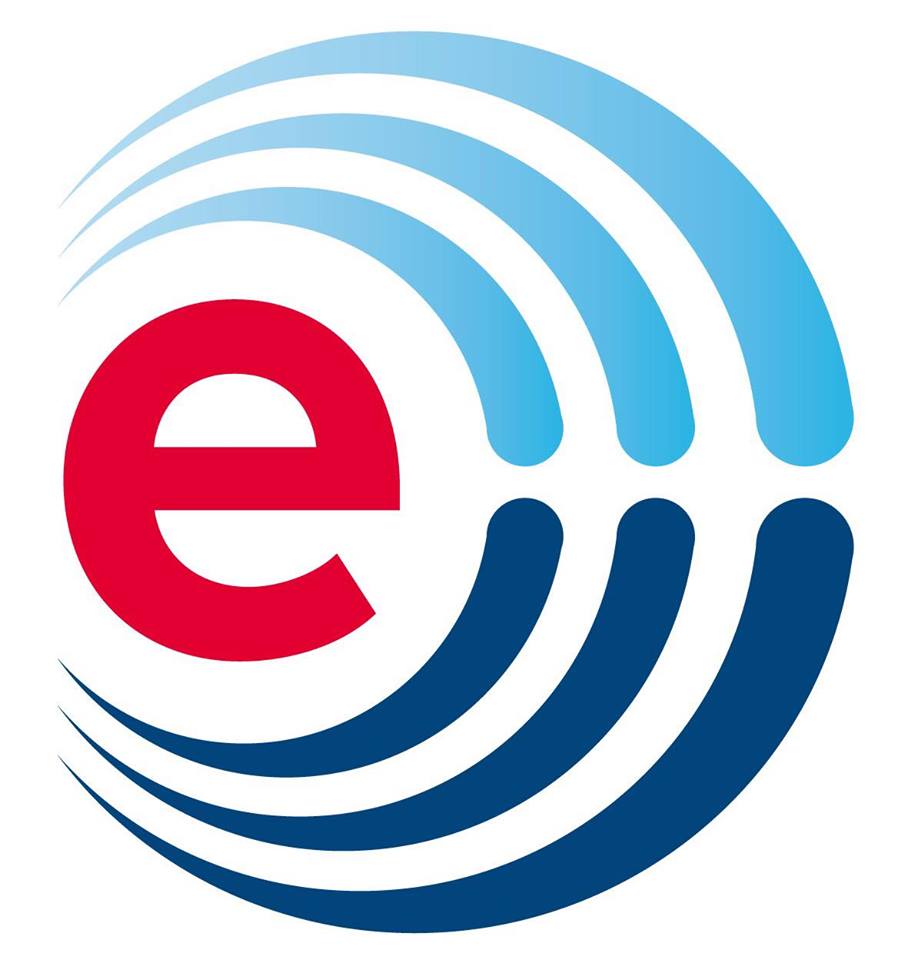Kahol and his Indian engineering team built a prototype of a device called the Swasthya Slate (which translates to “Health Tablet”) in less than three months, for a cost of $11,000. This used an off-the-shelf Android tablet and incorporated a four-lead ECG, medical thermometer, water-quality meter, and heart-rate monitor. They then enhanced this with a 12-lead ECG and sensors for blood pressure, blood sugar, heart rate, blood haemoglobin, and urine protein and glucose. In June 2012, they sent this device to 80 medical labs for testing, which reported that it was as accurate as the medical equipment they used — but more suitable for use in remote and rural areas, because it was built for the rugged conditions there.

By January 2013, Kahol’s team had incorporated 33 diagnostic tests, including for HIV, syphilis, pulse oximetry, and troponin (relating to heart attack) into the Swasthya Slate and reduced its cost to $800 per unit. They also built a variety of artificial-intelligence–based apps for frontline health workers and started testing these in different parts of India.
In March 2014, the Indian government started a pilot of 4,250 Swasthya Slates in six districts of the northern state of Jammu and Kashmir, which has a population of 2.5 million. Antenatal testing, which often took 14 days because mothers had to go from clinic to clinic for different diagnostic tests, was done in 45 minutes in a single clinic. The proportion of the time that frontline health workers spent on administrative paperwork, recording data from tests and filling out forms, was reduced from 54 percent to 8 percent of their work day. Hundreds of thousands of people gained access to medical care that had been unavailable to them.
…………..Vivek Wadhwa
Click Here for the detailed story
